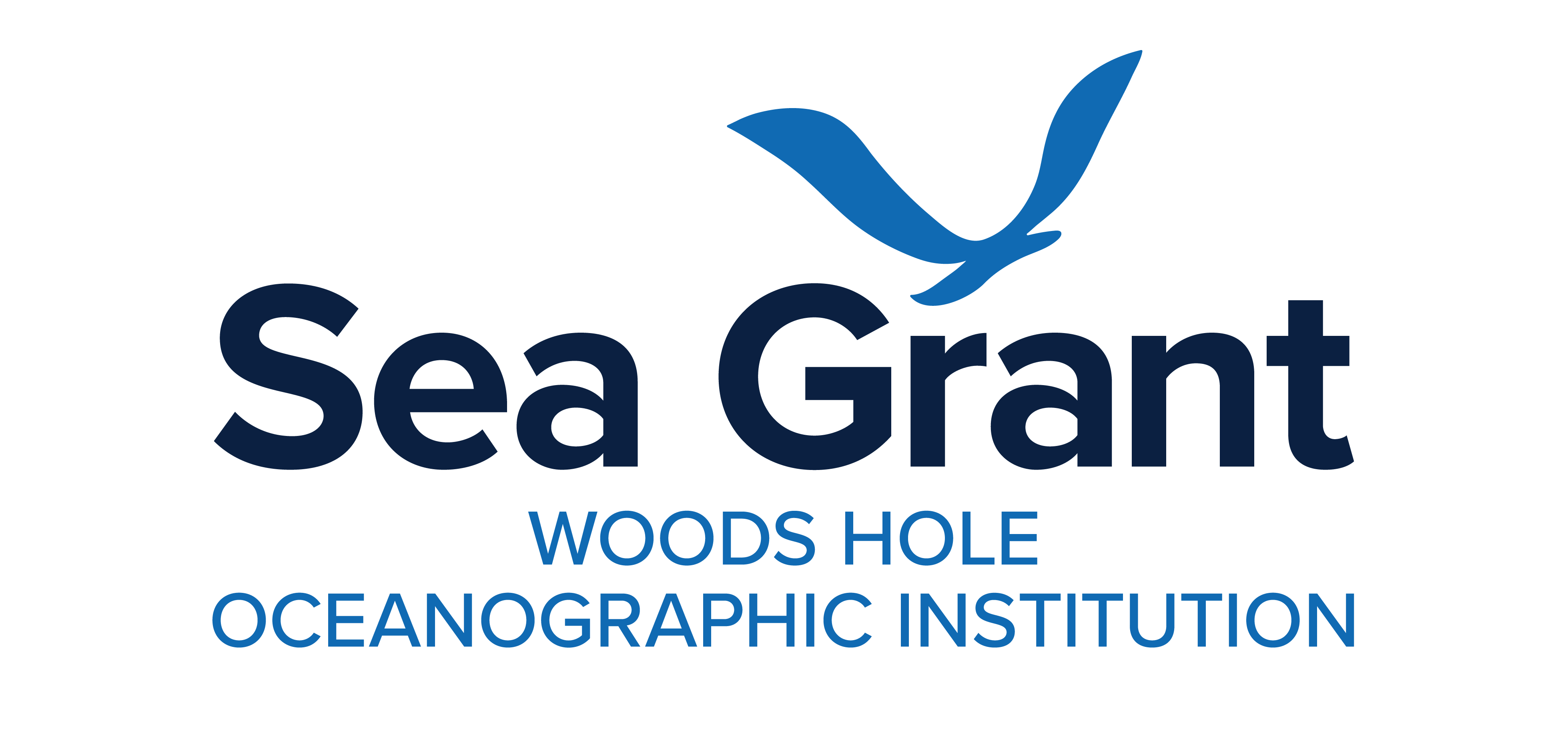General Info
grace-rhn
Bermans-crop
grace-abigail-neosec-crop
Kalina-crop
Kalina sharing capacity with Pacific Island scientists on carbonate chemistry best practices during a workshop for Global Ocean Acidification Observing Network in a Box Kit Recipients in Suva, Fiji in February 2023.
Read MoreSustainable Fisheries – thumbnail Medium
formation thumnail option 2 — Dr.Roscoe-Pico do Fogo still-image
apcc
oysters-2666×1500
oysters-16×9
HABS 1-16×9
Grace provided for teacher workshop, Dec 2023
Read More